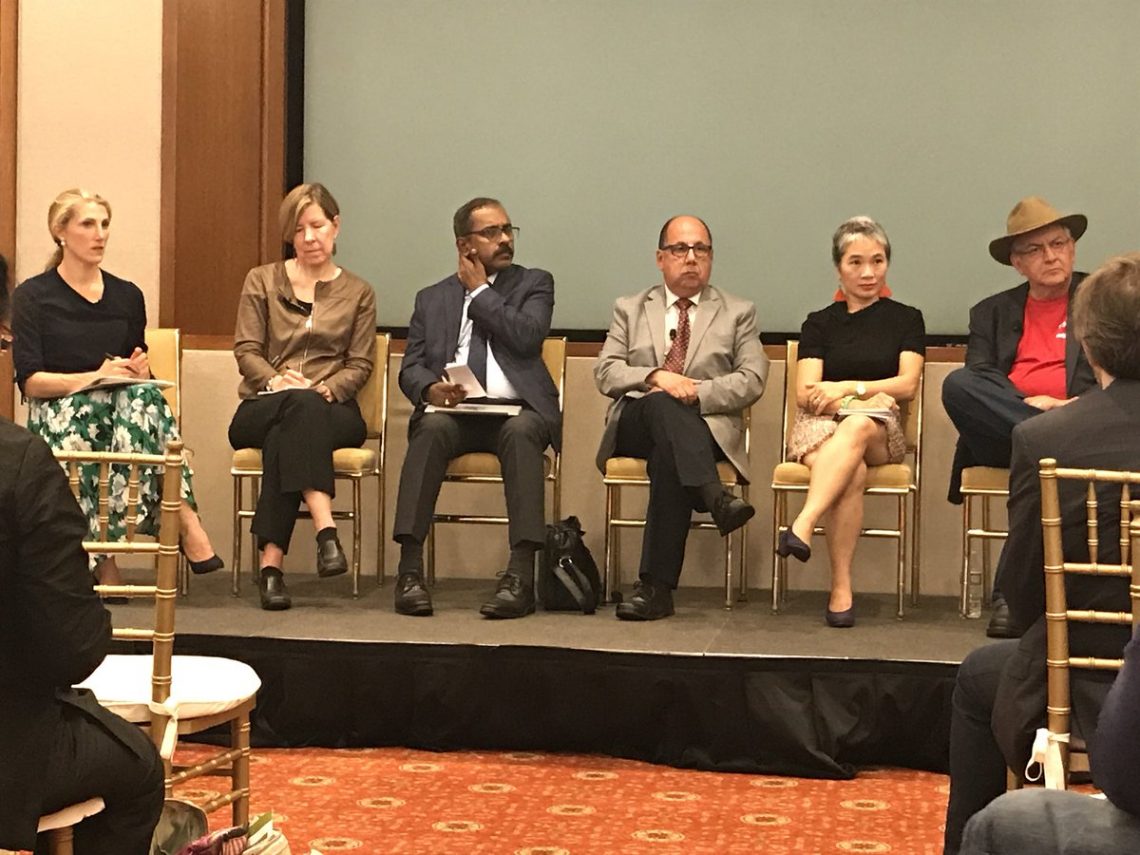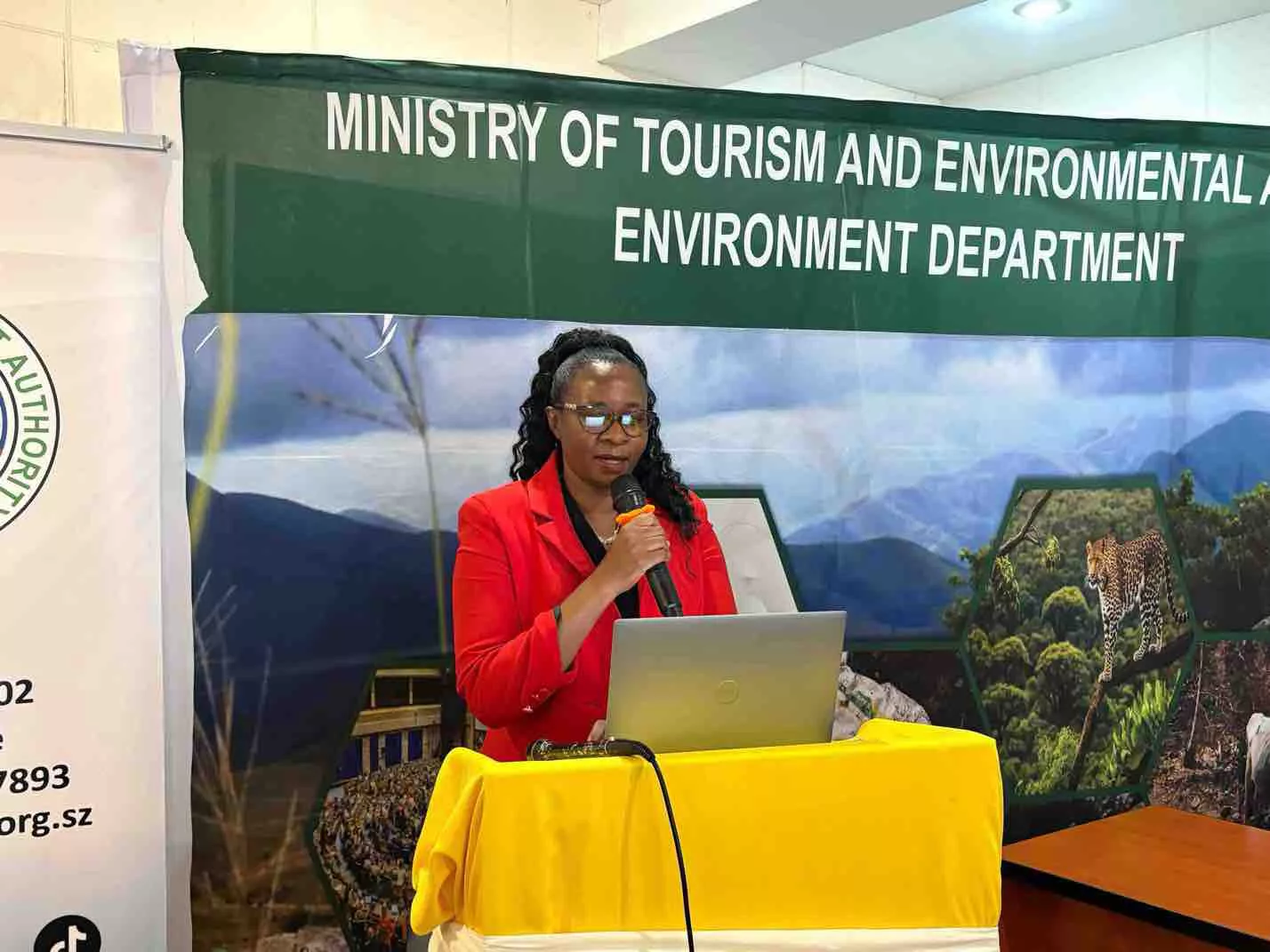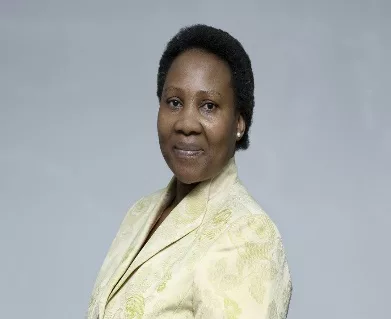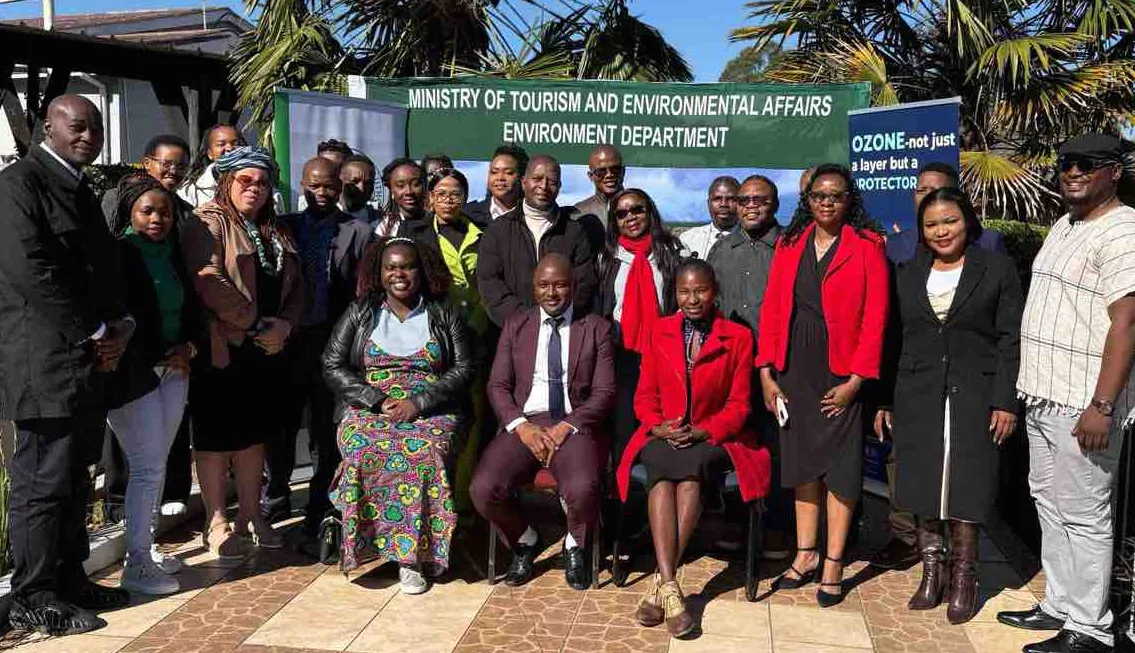Els Torreele, the Executive Director of Médecins Sans Frontières (MSF)’s Access Campaign, suggests ways world leaders can use this week’s first ever UN High-Level Meeting on tuberculosis on September 26 to discuss how improved research and development can be used to address the tuberculosis crisis.
This week the United Nations will convene the first-ever UN High-Level Meeting on tuberculosis (TB), highlighting TB as a major global health crisis requiring robust international, government-level action. The theme of the UN summit is “United to End TB.” But for such a lofty goal, a key question arises: Will world leaders come together and smash the status quo to “end” this leading infectious killer, or will we see the same lethal, wilful neglect of the past century?
The public health impact of TB is undeniable: as a single infectious disease, it kills more people than any other – 1.6 million in 2017. Yet we see little urgency or resolve to tackle it effectively.
Why? Part of the reason is because diagnosis, treatment, and prevention of TB are difficult using today’s options, and new, better medical tools are urgently needed. It took nearly 50 years to develop any new drugs for TB, with the approvals of bedaquiline and delamanid in the past few years. In those same 50 years, the world invented the internet, personal computers, smartphones, and self-driving cars. The only vaccine for TB was developed starting in 1908 – and still isn’t particularly effective. Fast and accurate diagnostic testing for TB remains a struggle, especially in children.
These challenges point to urgently needed TB research and development (R&D). In parallel with scaling up diagnosis and treatment of many more people using existing tools – only 25% of people with DR-TB received treatment in 2017 – we desperately need to develop new medical tools to more effectively tackle this ancient disease. Adopting state-of-the-art science and a patient-centred focus, we need short-course oral drug regimens with high cure rates and that are well-tolerated; point-of-care, rapid, accurate, child-friendly diagnostic tests, and drug susceptibility tests to know which drugs are effective in patients who may have resistant infections; and ideally an effective vaccine.
How do we get there? More R&D for TB – not just a bit more, but a massive effort – is needed to make up for the many years of neglect. And R&D must be done differently, where governments take on their collective responsibility towards developing and delivering affordable tools as a matter of public interest and patient benefit, mobilising the research community towards that end.
To start, we need to acknowledge that the way R&D is organised and financed today – driven by profit and monopolies – fails people with TB. They are not considered a lucrative market for pharmaceutical companies. In fact, TB R&D is largely funded by public and philanthropic donors, in particular the US, UK, and European Union, and the Bill and Melinda Gates Foundation and Wellcome Trust. Such substantial public financing creates opportunities to pilot patient-centred alternatives to purely commercial R&D. Still, global TB R&D funding is far too small, with an estimated US$1.3 billion funding gap each year for innovation needed based on the WHO End TB roadmap. Additional funders are needed, especially high-TB-burden countries such as India, China, Russia, and South Africa.
Research funders in general attach few or no strings to ensure R&D results are considered public goods, shared with the TB community, and readily accessible for patients. For example, bedaquiline remains expensive, despite significant public funding and non-profit research that went into its development; its producer Johnson & Johnson must acknowledge this collective effort and translate it into wide availability at affordable prices.
Also, TB R&D funders should come together and coordinate not just what research to support, but how to do it: open and collaborative research platforms instead of proprietary research, including joint development of combination regimens that test new drug candidates together; the sharing of promising therapeutic molecules and preclinical and clinical trial data; and enforcing fair pricing and licensing policies.
There are glimmers of progress. Last year Brazil, Russia, India, China, and South Africa (BRICS) announced the BRICS TB Research Network to prioritise and coordinate collaborative TB R&D. The Global Antimicrobial Resistance (AMR) R&D Hub, recently launched at the 2018 World Health Assembly, has included TB in its initial work plan.
But we need to do much more. The upcoming UN High-Level Meeting will be the most important political meeting ever held for TB. As lives depend on the outcomes of this meeting and the fruits of TB R&D, governments must make good on their commitments to significantly increase investments in TB R&D as a collective responsibility, adopting collaborative approaches to accelerate TB research progress and promoting fair and equitable access to the results of that research. We have shown for other neglected diseases that it is not only possible, but highly cost-effective to adopt such approaches to R&D, for instance the Drugs for Neglected Diseases initiative (DNDi), co-founded by MSF.
The time is now to mobilise the research community and governments for TB and boost R&D in united action. Otherwise, there’s no end in sight for TB.






